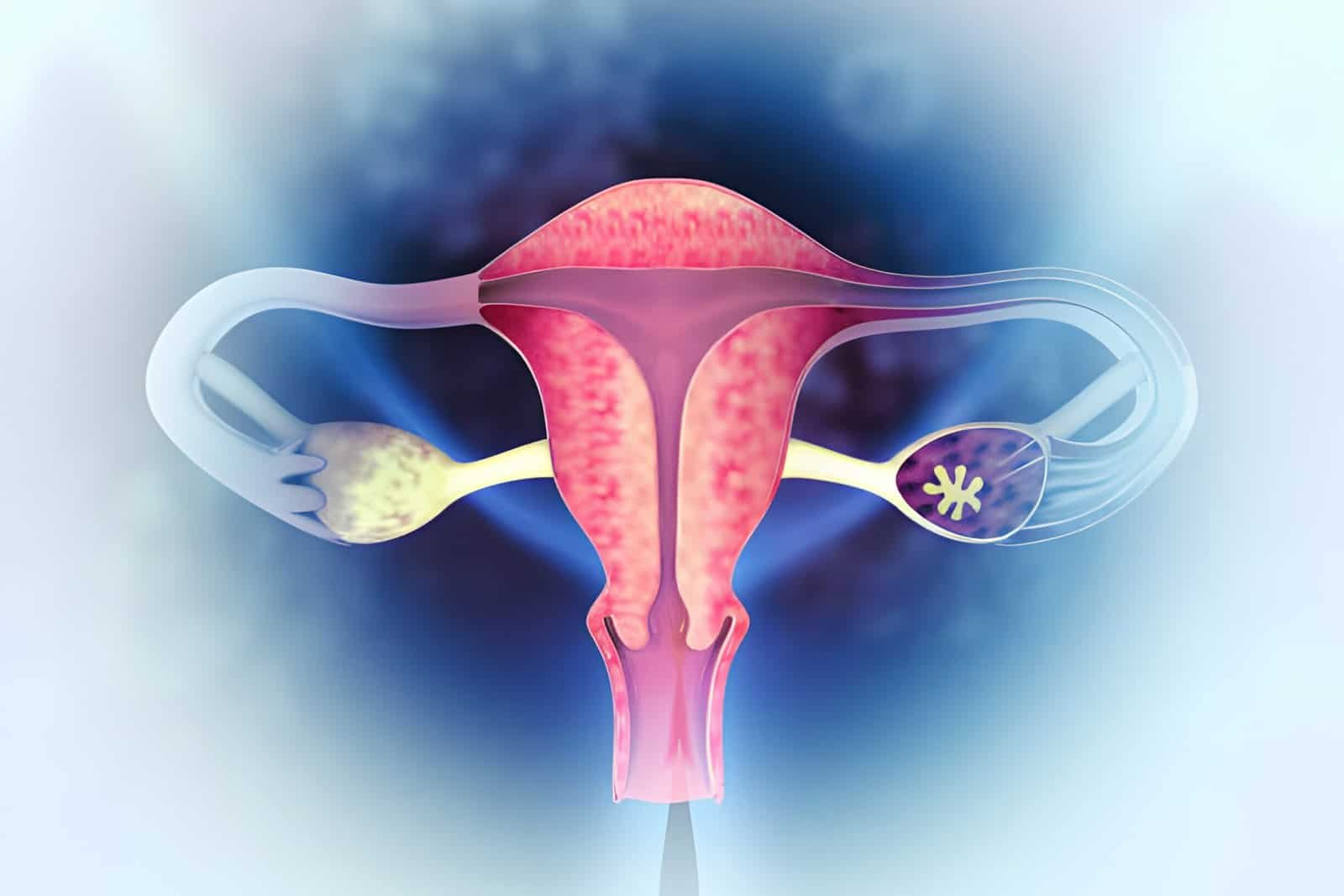
Introduction
Clinical Assessment: Endometriosis diagnosis often begins with a thorough clinical assessment. Your healthcare provider will discuss your medical history, including endometriosis causes and symptoms. They will ask about your menstrual cycles, pain levels, and any fertility concerns. An accurate history can provide valuable clues that guide further diagnostic testing.
Laparoscopy: Laparoscopy is the gold standard for endometriosis diagnosis. It is a minimally invasive surgical procedure where a small camera (laparoscope) is inserted into the abdomen through tiny incisions. This allows the surgeon to directly visualize and identify endometriotic lesions, cysts, and adhesions. In many cases, laparoscopy also enables simultaneous endometriosis treatment by removing or ablating the abnormal tissue.
Biopsy: During a laparoscopy, your healthcare provider may take tissue samples (biopsies) for further examination. Biopsies confirm the presence of endometriosis and help determine its severity. Biopsies also rule out other conditions that may mimic endometriosis symptoms.
Fertility Tests: For women concerned about fertility issues related to endometriosis, fertility tests are an essential part of the diagnostic process. These tests may include hormone level assessments, ovarian reserve testing, and fallopian tube evaluation to assess your reproductive potential and identify any fertility challenges caused by endometriosis.
Endometriosis Symptoms
Understanding endometriosis symptoms is crucial in seeking an accurate diagnosis. Common symptoms include:
- Pelvic pain, often worsening during menstruation.
- Painful periods (dysmenorrhea).
- Chronic pelvic pain between periods.
- Painful intercourse.
- Gastrointestinal symptoms, such as bloating or diarrhea.
- Heavy menstrual bleeding.
- Infertility or difficulty getting pregnant.
Endometriosis Causes
While the exact cause of endometriosis remains unknown, several theories exist. Some potential causes and risk factors include:
- Retrograde Menstruation: Backflow of menstrual blood into the pelvis.
- Genetics: A family history of endometriosis may increase the risk.
- Hormonal Factors: Hormone imbalances can promote endometrial tissue growth.
- Immune System Dysfunction: An abnormal immune response may allow endometrial tissue to implant and grow outside the uterus.
Conclusion
Diagnosing endometriosis is a crucial step toward finding relief from the condition’s symptoms and planning effective endometriosis treatments. If you experience symptoms such as pelvic pain, painful periods, or fertility concerns, it’s essential to consult a healthcare provider who specializes in gynecology or reproductive medicine. Early diagnosis and a personalized treatment plan can improve your quality of life and help manage the challenges associated with endometriosis. Remember, you don’t have to face this condition alone, and seeking medical help is the first step towards better health and well-being.


